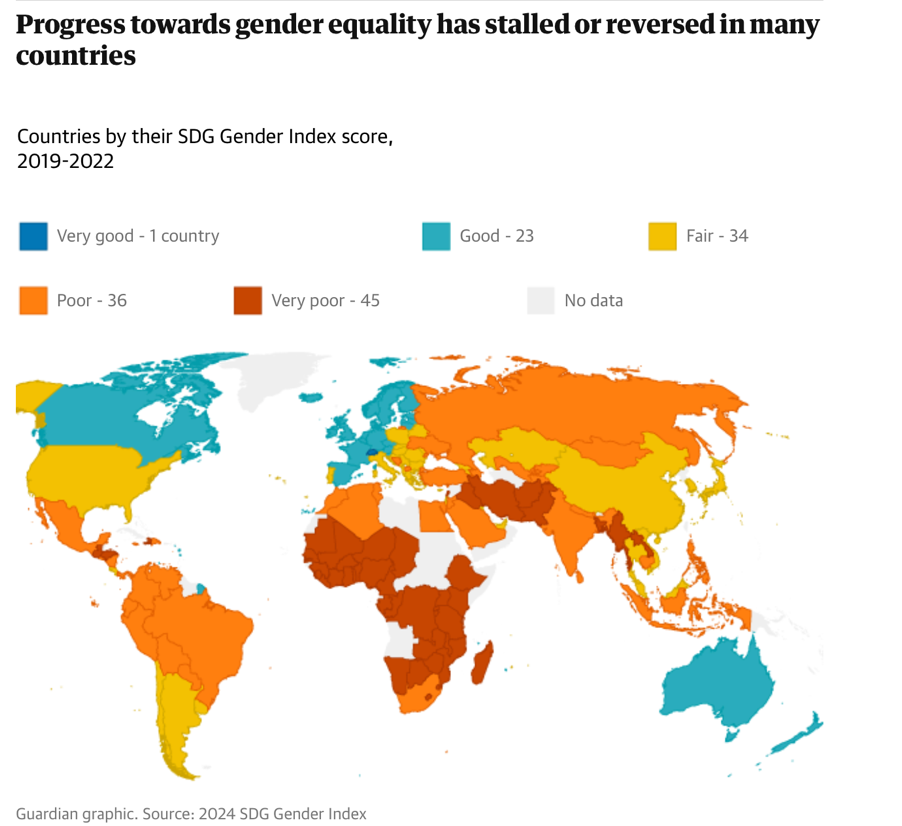A Day with ICAN Executive Director, Beatrice Fihn
- Samantha Ku
- Mar 26, 2018
- 3 min read
Last week, I joined Beatrice Fihn, the executive director of the International Campaign to Abolish Nuclear Weapons (ICAN) and other representatives from ICAN partner organisations in Scotland on an exciting and inspiring day out. We had a busy day travelling and meeting people across the country, from Edinburgh to Helensburgh to Glasgow and explored themes of feminism, activism, and politics in the nuclear disarmament discourse.

Emma, a 14-year-old piper and Beatrice Fihn, Executive Director of ICAN at Faslane
We started the day off early at the Engender office where Beatrice met with Lesley Orr, a feminist historian and peace activist, for a filmed conversation on the role of gender in nuclear non-proliferation. Some critical points included the disproportionate biological and social impacts of radiation on women, evident in the aftermath of Hiroshima and Nagasaki in 1945 as well as the fallout from the Fukushima-Daiichi nuclear disaster in 2011. The problematic gendering of war and diplomacy was also discussed; war, weapons and the use of force are traditionally ‘strong’ and ‘masculine’ identities while diplomacy, discussion, and consensus are ‘weak’ and ‘feminine.’

Beatrice in front of the Scottish Parliament
I personally found the most interesting discussion to be about colonialism and the peripheries of empire. Nuclear testing is never done near states’ own centres of power. For example, in the mid-twentieth century, the United Kingdom tested its nuclear weapons in the deserts of Maralinga, Australia – far and away from the British mainland and important colonial outposts. This was detrimental to the indigenous inhabitants as it destroyed and polluted lands upon which they were dependent. The UK is not alone naturally, as evident with the United States’ testing in the South Pacific, the Soviet Union in Kazakhstan, France in Algeria, and China in the Uighur-majority region of Xinjiang. Imperial blindness to the periphery is endemic to the dangerous foundations of nuclear proliferation and highly relevant to Scotland. The Trident nuclear deterrent, based thirty-some miles outside of Scotland’s most populous city of Glasgow and well within Scotland’s central belt, home to approximately 70% of the population, is a very tangible reality to millions of Scots. In contrast, the consequences of Trident are more of an abstract exercise for those farther south.
Moving on to Parliament, there was a press call and Beatrice was interviewed by various news outlets. Parliamentarians from most parties arrived to meet and speak with her about ICAN’s work in nuclear disarmament. After the press call, we met with Minister Fiona Hyslop, Cabinet Secretary for Culture, Tourism and External Affairs. We were joined by representatives of other ICAN partner organisations; Bill Kidd MSP, the SNP chief whip; and Cabinet Ministers Paul Wheelhouse, Keith Brown, and Joe Fitzpatrick for a conducive discussion about Scotland’s role in nuclear disarmament and how the Scottish government can participate in the global nuclear non-proliferation regime.

Activists at the vigil in front of HMNB Clyde
After lunch, we rushed across the country to visit the naval base at Faslane, home of the UK’s nuclear deterrent programme. While the weather quickly turned as we approached Helensburgh, the vigil at the front gates was colourful, lively, and filled with activists eager to meet Beatrice. She was welcomed by Emma, a 14-year-old piper and the fourth generation of her family to campaign against Trident. After Beatrice’s inspirational speech about the work of grassroot organisations and individuals on the campaign against Trident, we drove up the hill overlooking HMNB Clyde. We discussed the placement of the base and explored the pathways of the Trident submarines as they left or entered Faslane. From that vantage point, we were able to see widely across the bay in an almost-idyllic panorama of a stunning area of Scotland, save for the occasional wail of police sirens.

Entrance to Faslane Peace Camp
Just before leaving Helensburgh, we visited the Faslane Peace Camp, the world’s longest-running anti-nuclear protest camp, with continuous occupation since 1982. There, we discussed the international rally planned at Faslane for 22 September and how it would be a great chance for Scotland and international friends to stand together to show the UK that it is now time to sign the Treaty on the Prohibition of Nuclear Weapons. Our time at Faslane Peace Camp highlighted starkly the wide-ranging forms of activism, from an institutional and policy-oriented face to the very grassroots and individual efforts.
We made our way to Glasgow for dinner with the participants of the day, joined by local campaigners and experts who were excited to meet the ICAN director. It was a long but inspiring day across the country that brought together people from all levels of government, policy, non-governmental organisations, and activism to learn more about potential futures of a Scotland without nuclear weapons.

Janet and Beatrice looking down at Faslane
All photos credited to Samantha Ku.











Comments